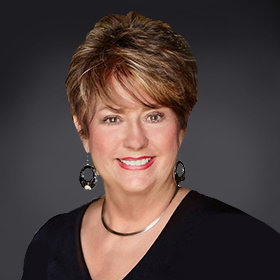College test for the non-college bound
March 12, 2012What’s your grade?
March 12, 2012Leprosy, or Hansen’s disease as we now refer to it, has been a dreaded disease for thousands of years. The first hospital for people with leprosy in the United States was founded in Carville, La., in 1894 by an act of the Louisiana Legislature.
The Sisters of Charity cared for the patients. Seven cottages on a 200-acre plantation held 25 patients. In 1921, the federal government purchased the home and put it under the sponsorships of the U.S. Public Health Service. When it reopened as the National Leper Home, it housed more than 300 residents.
The documentary, “Secret People,” uncovered a hidden history of hygienic discrimination in the U.S. from 1921 to 1957. Hundreds of patients diagnosed with leprosy were involuntarily confined to the facilities in Carville. They were considered inmates instead of patients. A stigma was attached to anyone having the disease.
Through interviews with former patients and staff, “Secret People” offered a vivid sense of what life was like in the nation’s only leper colony. When lepers were isolated in Carville, citizens lost their rights, and infants were even taken away from their mothers so the children would not be “contaminated.”
Nevertheless, the residents of Carville developed their own culture, and it was appealing enough that in 1957, when living at the institution became voluntary, more than 200 inmates chose to stay. With modern day treatment and drugs available, we no longer need a segregated place like Carville. The hospital closed its doors in 1998.
A former parishioner of mine contracted leprosy. He went to the Carville clinic’s outpatient service. They treated him and everything turned out well for him. The amazing thing is that he did not tell his adult children that he had contracted this disease because he did not want them to worry about him. For him, there was still a stigma associated with that disease.
In Jesus’ day, just about any skin abnormality from acne to bedsores could be “diagnosed” as leprosy – including the real disease. The only treatment was to isolate the sufferer to protect the community. This procedure brought relief to the public, but was a double blow to victims. Not only did they have a disease, they were isolated from their family and friends. They had lost their place in the world and, with it, the right to live a decent human life with their family and community. They were outcasts.
Jesus, the healer of people, crosses the barrier that illness and disease had brought into human life. In Mark’s gospel, when the leper approached Jesus and fell on his knees to plead with him, Jesus reached out to touch him. That touch of Christ not only restored the man to health, but it was the first human contact he had had since he contacted leprosy. By that touch, Jesus brought back the man into the human family.
In every generation many people find themselves outcasts – refugees from famine, war and civil strife; the poor and the sick, those unable to care for themselves; the addicted and the mentally ill. The total list is long but the problems are very real. In all our dealings with outcasts our main problem is usually fear – fear of what damage they might do to us, simply by human contact. Fear of one another is what drives nations to war.
Let us follow the example of Jesus. Let us touch people’s lives with kindness, concern, compassion and with your own healing touch. All of us have the power to heal by appropriate touch. Sick people feel very isolated and are starving for human contact. Your healing touch can make a difference. Most people’s sicknesses are not contagious. Besides, there’s always soap and water to wash away germs.





